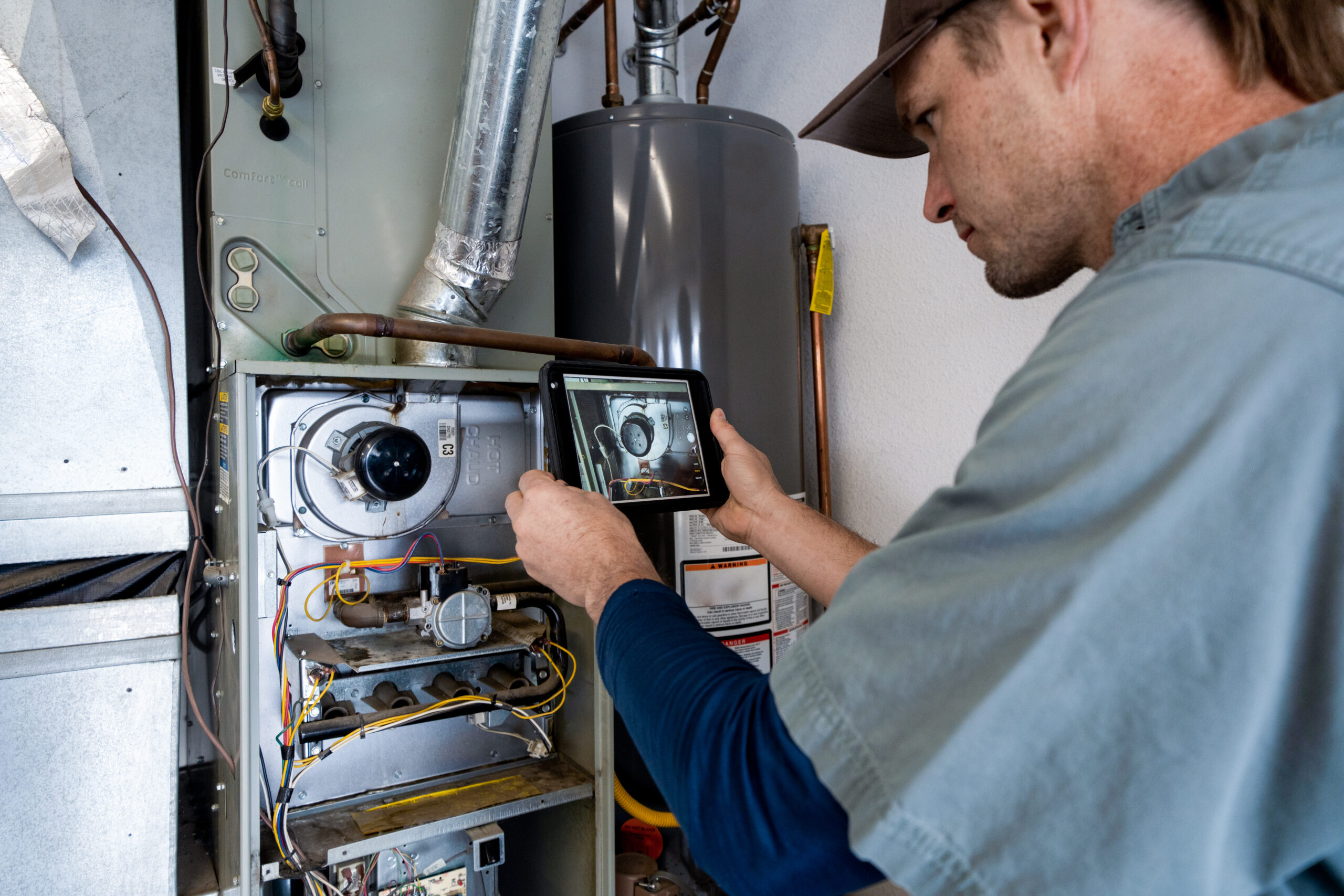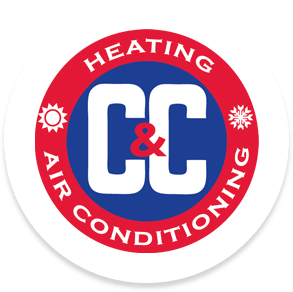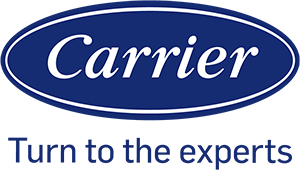A Guide to the Most Energy-Efficient Furnaces Available

When you need to replace your home’s furnace, you should always think carefully about which type of new unit you want to install. The main thing to focus on in this situation is energy efficiency since this will directly determine how much you have to pay to heat your home. This guide will explain everything you need to know about the different types of furnaces so that you can see which options are the most energy efficient, making it easier to decide which type of furnace is right for your home.
Comparing the Efficiency of Conventional vs. Condensing Furnaces
The first thing you need to decide, when looking for a new furnace, is whether you want a conventional unit or a condensing unit. Conventional furnaces are rated as medium-efficiency units, and this will always be the less expensive of the two options. Condensing furnaces come with a higher price tag, but they will cost less to operate as they are high-efficiency units.
Before we look at how each type of furnace works, it’s first important that you understand how the energy efficiency of gas furnaces is measured. Annual Fuel Utilization Efficiency or AFUE is the metric that shows how efficiently a furnace uses the gas it burns and how much of the energy it uses is wasted. The US Department of Energy requires that all new furnaces are at least 80 AFUE.
An 80 AFUE furnace isn’t all that efficient as it only effectively uses 80% of the gas it burns, which means that 20% of its energy usage is wasted. Some conventional furnaces are more efficient and can be as high as 89 AFUE, whereas condensing furnaces can be as low as 90 AFUE or as high as 98.5 AFUE. If you were to opt for a 95 AFUE furnace, your heating costs would be 15% lower than if you chose an 80 AFUE unit.
Why Condensing Furnaces Are More Energy Efficient
The reason that condensing furnaces are more efficient is that they have two heat exchangers whereas conventional furnaces only have one. The metal heat exchanger in a furnace works to capture the heat the unit produces and transfer the heat energy to the cool air moving through the furnace and over the heat exchanger. Extremely hot combustion fumes produced by the furnace burners rise out of the combustion chamber and flow through the heat exchanger, which causes the metal to become hot. The heat then flows out of the metal and into the air being drawn over it.
The metal heat exchanger can only absorb so much heat and only so quickly. This means that some latent heat energy remains when the combustion fumes exit the heat exchanger and flow outside through the exhaust flue, which results in some percentage of the heat energy being wasted. The fact that condensing furnaces have both a primary and secondary heat exchanger enables them to capture more of this latent heat so that they are more efficient and waste less energy. Instead of the combustion fumes flowing directly out of the primary heat exchanger and out through the exhaust flue like in a conventional furnace, they first flow into the secondary exchanger so that the furnace can capture and make effective use of more of the heat energy it produces.
When natural gas fully combusts and burns cleanly, it transforms into carbon dioxide and water vapor. Condensing furnaces are so efficient at capturing heat that the CO2 and water vapor are almost completely cold by the time they exit the furnace. The temperature difference between the hot heat exchanger and the cold gases causes much of the water vapor to condense into liquid inside the furnace, which is why this type of unit is called a condensing furnace. This process is why all condensing furnaces need a condensate drain system that captures all of the water and drains it out of the unit.
Single-Stage vs. Two-Stage and Modulating Furnaces
Although AFUE measures how energy efficient a furnace is, it isn’t the only factor that will determine how much energy a furnace uses. Whether a furnace is single-stage, two-stage or a modulating unit is also a major factor in determining how much energy it will typically use and how much it will cost to run.
The most basic type of furnace is a single-stage unit. Single-stage means the furnace only has one power setting and will always operate at 100% capacity. Two-stage furnaces have an additional power setting and can run either at 100% or medium power where they typically only run at around 60%-70% of the total capacity. They do this by partially closing the gas valve so that the gas flow is reduced and less heat is produced.
This may sound counterproductive, but furnaces usually only need to run at full capacity during extremely cold conditions or when the temperature in the building is much lower so more heat is needed. In most homes, a two-stage furnace will only run at full power around 20% of the time and will use much less energy than a single-stage furnace that always has to run at full power.
Whether the furnace is single-stage, two-stage or modulating doesn’t affect AFUE. An 80 AFUE furnace will always be 80% efficient no matter what type it is. Both an 80 AFUE single-stage and two-stage furnace will waste 20% of the energy it consumes, but the two-stage unit will still be cheaper to operate since it will use less gas whenever it’s not running on full power.
Modulating furnaces are much more expensive than the other two types, but they will also use much less energy and keep your heating costs far lower. Instead of having just one or two power settings, modulating furnaces have dozens of settings and can increase or decrease the rate at which they heat as needed. Modulating furnaces are also always paired with a modulating or variable-speed blower that can also adjust the speed at which the air flows through the system.
Modulating furnaces will typically start out running at full speed. Once the home is fully warm, they will then continue to run at a much lower speed so that the temperature always stays consistent and doesn’t fluctuate between hot and cold. Modulating furnaces will normally run for more hours a day than a single-stage or two-stage unit, but they will still use much less energy overall since they will burn much less gas when running.
Your Local Furnace Installation Experts
C & C Heating & Air Conditioning provides exceptional furnace installation services in Roseville and throughout the Greater Detroit Metro area. We carry an extensive selection of furnaces from Carrier and Trane, which are two of the most trusted names in the HVAC industry. If you’re struggling to decide which type of unit to install, our technicians can evaluate your home and your heating needs and explain the pros and cons of your different options. We also offer furnace maintenance and repair services and a full range of cooling services as well. Contact us today for a furnace installation consultation or if you need any other heating or air conditioning service.





